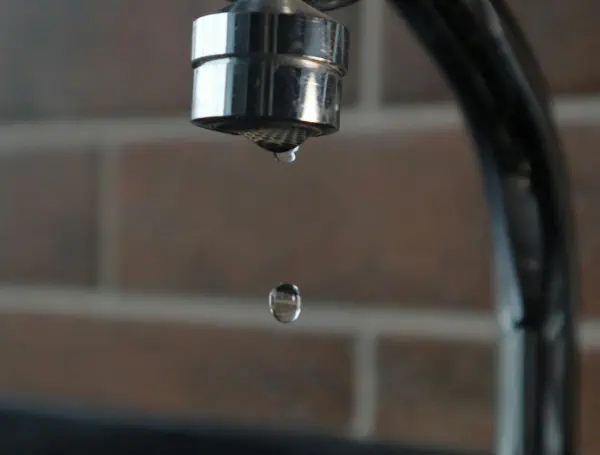In a move aimed at both safeguarding public health and ensuring practical implementation, the U.S. Environmental Protection Agency (EPA) announced today that it will maintain the existing National Primary Drinking Water Regulations (NPDWR) for perfluorooctanoic acid (PFOA) and perfluorooctane sulfonic acid (PFOS).
These regulations, established in April 2024, set nationwide maximum contaminant levels (MCLs) for these persistent “forever chemicals” in drinking water.
READ: EPA Administrator Zeldin Unveils Sweeping Actions To Combat PFAS Contamination
“The work to protect Americans from PFAS in drinking water started under the first Trump Administration and will continue under my leadership,” said Administrator Lee Zeldin. “We are on a path to uphold the agency’s nationwide standards to protect Americans from PFOA and PFOS in their water. At the same time, we will work to provide common-sense flexibility in the form of additional time for compliance. This will support water systems across the country, including small systems in rural communities, as they work to address these contaminants. EPA will also continue to use its regulatory and enforcement tools to hold polluters accountable.”
To address concerns raised by public water systems, members of Congress, and other stakeholders regarding the feasibility of the initial 2029 compliance deadline, the EPA announced its intention to implement several key measures:
Extended Compliance Deadlines: The EPA plans to develop a rulemaking to provide additional time for water systems to comply with the PFOA and PFOS MCLs, potentially extending the deadline to 2031. A proposed rule is expected this fall, with a final rule anticipated in the Spring of 2026. The agency also encourages states seeking primacy for implementing the PFAS regulations to request additional time from the EPA for their applications.
Federal Exemption Framework: The EPA intends to establish a federal framework for exemptions, offering potential relief for water systems facing significant challenges in meeting the MCLs.
Enhanced Outreach and Support: The agency is launching the PFAS OUTreach Initiative (PFAS OUT) to proactively connect with public water utilities needing capital improvements to address PFAS. This initiative will provide resources, tools, funding information, and technical assistance to help utilities meet the federal drinking water standards, with a particular focus on rural and small communities.
READ: EPA Administrator Zeldin Supports Trump’s Coal Agenda, Reverses Biden-Era Regulations
Furthermore, the EPA announced its intent to rescind the regulations and reconsider the regulatory determinations for other PFAS, including PFHxS, PFNA, HFPO-DA (GenX), and the Hazard Index mixture of these three plus PFBS. The agency aims to ensure that the determinations and any resulting drinking water regulations adhere to the legal process outlined in the Safe Drinking Water Act.
Stakeholders in the water sector have largely welcomed the EPA’s announcement regarding extended compliance timelines and enhanced support. National Rural Water Association CEO Matthew Holmes stated, “EPA has done the right thing for rural and small communities by delaying implementation of the PFAS rule. This commonsense decision provides the additional time that water system managers need to identify affordable treatment technologies and make sure they are on a sustainable path to compliance.”
The EPA said that while providing regulatory flexibility, its commitment to holding polluters accountable remains firm. The agency intends to continue using its regulatory and enforcement tools, alongside recently announced effluent limitations guidelines (ELGs) for PFAS, to ensure that those responsible for contamination bear the costs, ultimately reducing the burden on drinking water systems and their customers.
READ: EPA Administrator Zeldin Visits Missouri To Address Radioactive Waste Cleanup
Zeldin highlighted his long-standing involvement in addressing PFAS contamination, dating back to his time in Congress. He underscored the importance of a “polluter pays” model to protect communities from the financial burden of cleaning up contamination they did not cause.
This announcement builds upon previous actions taken by the EPA to combat PFAS contamination, including the designation of an agency lead for PFAS, the development of ELGs, and initiatives to engage with Congress and industry on liability frameworks. The agency reiterated that these actions represent an ongoing effort to address the complex challenges posed by PFAS and ensure clean and safe drinking water for all Americans.
Please make a small donation to the Tampa Free Press to help sustain independent journalism. Your contribution enables us to continue delivering high-quality, local, and national news coverage.
Connect with us: Follow the Tampa Free Press on Facebook and Twitter for breaking news and updates.
Sign up: Subscribe to our free newsletter for a curated selection of top stories delivered straight to your inbox.

